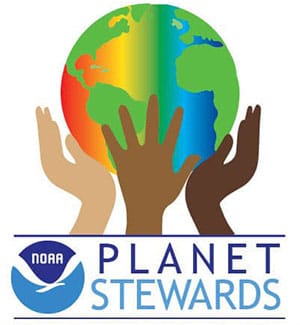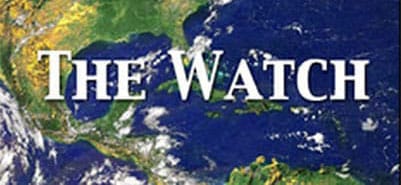The following are resources to consider when planning a project in one of the two stewardship project focus areas:
- Marine Debris and Waste Reduction: Marine debris or waste reduction projects may remove trash or litter from the environment, prevent marine debris or litter from entering the environment by reducing the use of plastic materials in the community, divert food or other waste from landfills through composting or other methods, or increase the adoption of recycling, composting, etc.
- Habitat Conservation and Restoration: These projects work to care for human communities and local, native habitats. Stewardship activities may include, but are not limited to, removing invasive vegetation, planting native flora, construction or installation of restoration infrastructure (reef balls or other structures), as well as nature-based solutions that make human communities more resilient to the impacts of flooding, drought, heat island effects, or other environmental challenges.
Marine Debris and Waste Reduction
NOAA Marine Debris Program — A website dedicated to NOAA's efforts in addressing the national and international issue of marine debris.
NOAA National Ocean Service Coastal Pollution Tutorial — Learn all about the sources, impacts, and solutions that scientists and others are using to address marine debris with this student-friendly resource from NOAA’s National Ocean Service.
NOAA Office for Coastal Management: Marine Debris - Fast Facts — A brief snapshot of marine debris impacts, NOAA’s efforts to address it, and a link to a report from the United Nations Convention on Biological Diversity.
NOAA Ocean Today Trash Talk — An Emmy-winning series to help students understand the impact of marine debris and what we can do about it.
U.S. Environmental Protection Agency (EPA) Trash Free Waters — EPA’s Trash Free Waters program is reducing the volume of trash entering our waters by working with partners to implement collaborative solutions that target land-based sources.
EPA: Reduce, Reuse, Recycle — Explore waste reduction resources from EPA, including recycling, reusing, composting, and more.
EPA: Sustainable Management of Food — EPA estimates that about 66 tons of wasted food were generated in 2019, and most of this waste was sent to landfills. Learn about the importance of reducing waste food and explore resources on how to get started.
U.S. Department of Agriculture (USDA): Reducing Food Waste at K-12 Schools — The USDA has compiled a list of resources and suggestions for reducing food waste in school learning environments that are applicable at a number of ages.
Habitat Conservation and Restoration
NOAA Office of Habitat Conservation — This NOAA office works to protect and restore habitat to sustain fisheries, recover protected species, and maintain resilient coastal ecosystems and communities.
- Coastal Wetlands
- Estuaries
- Rivers
- Shallow Coral Reef Habitat
- NOAA’s Regional Habitat Conservation Activities
U.S. Fish and Wildlife Service (FWS) Habitat Restoration — Through their programs, FWS restores, enhances, and protects important fish and wildlife habitats on private lands through partnerships and manages wetland, forest, and upland habitats to benefit migratory birds and fish, pollinators, and federally listed species.
U.S. Department of Agriculture (USDA) Conservation Programs — The USDA Farm Service Agency oversees a wide range of conservation programs addressing topics including: reducing soil erosion, wildlife habitat preservation, and preservation and restoration of forests and wetlands.
- USDA Service Center Locator — At USDA Service Centers, you can access the services of the Farm Service Agency, Natural Resources Conservation Service, and the Rural Development agencies.


Social